PreRaphaelite
Ideal_Rock
- Joined
- Feb 2, 2015
- Messages
- 3,564
“And then he was suddenly overwhelmed. It was as if a thousand bolts of lightning had converged to lift him. All he could see was blue, electric blue, wet shining warm blue, blue with no end, everywhere, blue that glowed and made him cry out, blue, blue, her eyes were blue.” ~ Helprin, Winter’s Tale, 1983
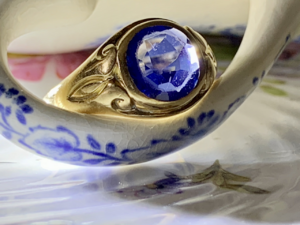
Meet Beverly
I’d never seen this shade of blue before, and my halting, spinning attempts to name it reminded me of a scene in a novel I’d read long ago, a copy of which my new love had given me that year, with the admonition to read it only in one sitting or not at all. (He knew on our first date that I was a Completionist at heart, and he liked me for it.)
Until I’d read that little book (whose author had the great misfortune of having his work turned into a major motion picture the likes of which will hopefully never be seen again, poor man; he must be gutted by its crashing denouement), the name Beverly meant nothing to me. But afterward, it came to mean blue. And not any old blue.
When I saw this ring, during my daily fix of addictive scrolling, I stopped to think of a name for the color - what would PS call this? And I couldn’t find a name for the shade. It’s not royal, exactly, although it was made in the basement of the Duchess of St. Albans. It’s not navy, not cornflower exactly, although close, not sea, not lapis, not chambray, not sky, not lake, not violet, not dusk, not any of those. The closest real-world match I could find was Flow Blue, an English ink color used on china. But I can’t name the ring Flow.
So she is Beverly.
Meet my new friend. Definitively dated to c.1870-1910, this sapphire is probably a natural earth-mined gem, though only a lab could confirm whether she’s been heated. She’s got color zoning, and irregular faceting beneath, and a flat-top with chamfered edge, designed to take an engraved seal or monogram. I’m surprised that there was never anything carved, but I suppose the Tabula Rasa is beautiful in its own way.

Details, for the enthusiasts:
Sz 8
Natural origin likely, treatment unknown at this time
Weight 6g
Stone measures 8mm tall by 7.8mm wide by 2-3mm deep (unable to weigh)
Surface abrasions as expected, but also a chip at about 11.45am on the face
Possible feather underneath, but nothing under magnification
Made by Thomas Lawson & Son, between 1870 and about 1910, in Brighton, UK
The maker was well regarded among jewellers of his day, and some details were available which seem reasonably well documented online. Apparently, the firm Thomas Lawson was established in about 1850, and became clockmakers to the Prince of Wales in 1870. They had two locations in Brighton. The “and Son” was added in 1870, presumably as the senior Lawson approached retirement. They continued to trade in jewellery and fine clocks until 1925 but by 1930 they had either closed or perhaps more likely relocated to Birmingham, as the death of their most prominent client, the Duchess of St Albans, required significant strategic changes. The jewellery shop became a chic restaurant which retained all the fixtures in their original state, including the basement’s walk-in safe. The building remains Grade II listed (historic site) and the pediment bearing the demarcation “ST ALBANS” is preserved in situ.
Now, with all that said, re-polishing the table of the sapphire to remove the facet abrasions would be difficult without destroying the bezel, but there are some options. I could send the ring to a lab for reviewing (how to find one which will examine a set stone?) and afterward, send to an engraver of intaglios which would effectively remove the aforementioned chip. Will I do any of this? I’m not sure. Generally I prefer my old things to look old, and new to look new, as it were. And let’s be honest, I like all things old. Who would read Yeats if they didn’t? Anyway, it would be amusing perhaps to have the seal of St Albans engraved, as an inside joke, but I probably won’t.
Meanwhile, enjoy the video and photos - and let me know if you can come up with a better name for this color. Thanks for reading!
Sources:
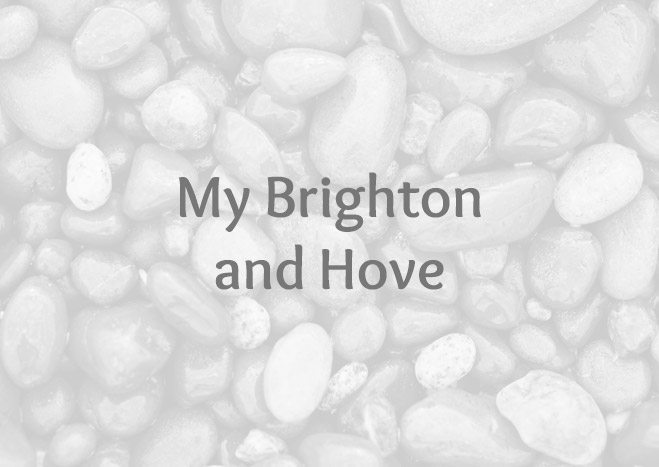
 www.mybrightonandhove.org.uk
www.mybrightonandhove.org.uk
 mb.nawcc.org
mb.nawcc.org

 historicengland.org.uk
historicengland.org.uk

Meet Beverly
I’d never seen this shade of blue before, and my halting, spinning attempts to name it reminded me of a scene in a novel I’d read long ago, a copy of which my new love had given me that year, with the admonition to read it only in one sitting or not at all. (He knew on our first date that I was a Completionist at heart, and he liked me for it.)
Until I’d read that little book (whose author had the great misfortune of having his work turned into a major motion picture the likes of which will hopefully never be seen again, poor man; he must be gutted by its crashing denouement), the name Beverly meant nothing to me. But afterward, it came to mean blue. And not any old blue.
When I saw this ring, during my daily fix of addictive scrolling, I stopped to think of a name for the color - what would PS call this? And I couldn’t find a name for the shade. It’s not royal, exactly, although it was made in the basement of the Duchess of St. Albans. It’s not navy, not cornflower exactly, although close, not sea, not lapis, not chambray, not sky, not lake, not violet, not dusk, not any of those. The closest real-world match I could find was Flow Blue, an English ink color used on china. But I can’t name the ring Flow.
So she is Beverly.
Meet my new friend. Definitively dated to c.1870-1910, this sapphire is probably a natural earth-mined gem, though only a lab could confirm whether she’s been heated. She’s got color zoning, and irregular faceting beneath, and a flat-top with chamfered edge, designed to take an engraved seal or monogram. I’m surprised that there was never anything carved, but I suppose the Tabula Rasa is beautiful in its own way.
Details, for the enthusiasts:
Sz 8
Natural origin likely, treatment unknown at this time
Weight 6g
Stone measures 8mm tall by 7.8mm wide by 2-3mm deep (unable to weigh)
Surface abrasions as expected, but also a chip at about 11.45am on the face
Possible feather underneath, but nothing under magnification
Made by Thomas Lawson & Son, between 1870 and about 1910, in Brighton, UK
The maker was well regarded among jewellers of his day, and some details were available which seem reasonably well documented online. Apparently, the firm Thomas Lawson was established in about 1850, and became clockmakers to the Prince of Wales in 1870. They had two locations in Brighton. The “and Son” was added in 1870, presumably as the senior Lawson approached retirement. They continued to trade in jewellery and fine clocks until 1925 but by 1930 they had either closed or perhaps more likely relocated to Birmingham, as the death of their most prominent client, the Duchess of St Albans, required significant strategic changes. The jewellery shop became a chic restaurant which retained all the fixtures in their original state, including the basement’s walk-in safe. The building remains Grade II listed (historic site) and the pediment bearing the demarcation “ST ALBANS” is preserved in situ.
Now, with all that said, re-polishing the table of the sapphire to remove the facet abrasions would be difficult without destroying the bezel, but there are some options. I could send the ring to a lab for reviewing (how to find one which will examine a set stone?) and afterward, send to an engraver of intaglios which would effectively remove the aforementioned chip. Will I do any of this? I’m not sure. Generally I prefer my old things to look old, and new to look new, as it were. And let’s be honest, I like all things old. Who would read Yeats if they didn’t? Anyway, it would be amusing perhaps to have the seal of St Albans engraved, as an inside joke, but I probably won’t.
Meanwhile, enjoy the video and photos - and let me know if you can come up with a better name for this color. Thanks for reading!
Sources:

History notes
When you drive in the car today round the Old Steine, you perhaps tend to rather miss it. But it ...
Thomas Lawson & Sons
Looking for information relating to this company Lawson & Sons Brighton and also shown as L & S Birmingham. They created a piece ( mantel clock ) for the Prince of Wales approx. 1860. The company operated from Brighton from approx. 1850 thru to 1925

131, KINGS ROAD, Non Civil Parish - 1381640 | Historic England
List entry 1381640. Grade II* Listed Building: 131, Kings Road. May include summary, reasons for designation and history.
Last edited:



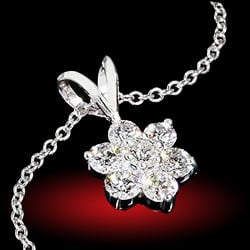
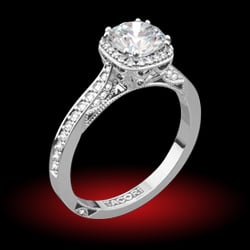
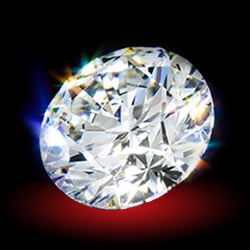
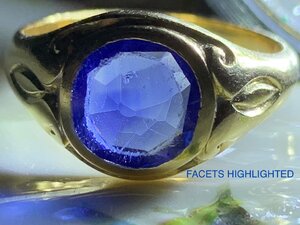
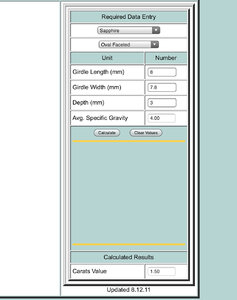
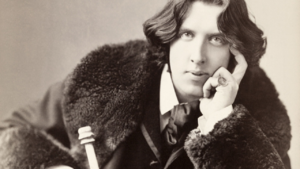
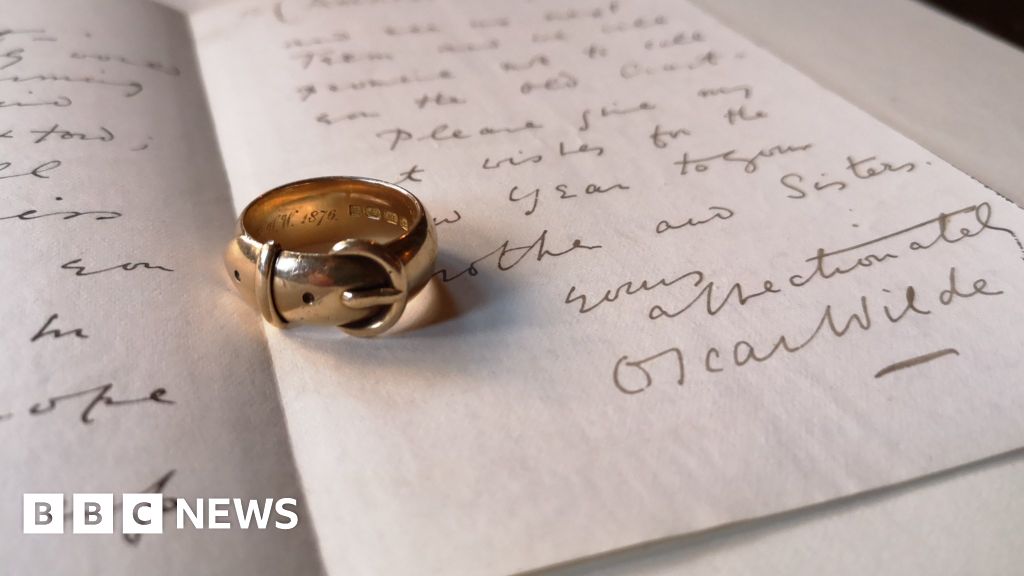



300x240.png)